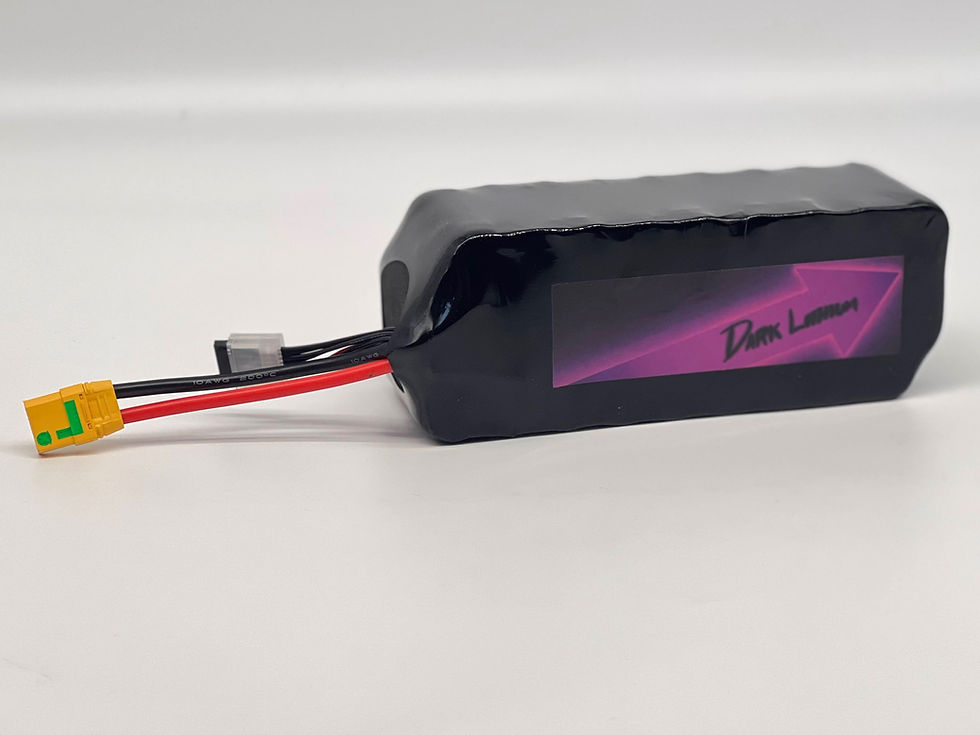Size and Shape of Batteries
- Battery Man
- Aug 27, 2022
- 2 min read
Updated: Sep 11, 2022
As mentioned previously on our Upgrade Energy blog, batteries often have a few distinct shapes and sizes. This is often a multiplier of each individual cell size, and how the cells are arranged within the battery.

Batteries of a rectangular shape, often LiPo batteries, are in a nylon/aluminum pouch which is soft feeling and somewhat malleable. LiIon batteries are often in a cylinder shape and are in a hard steel can. All batteries are welded and or stamped together at their terminals.
Hobbyists may solder terminals together, but in industry, this is not the best method. LiPo cells are typically very wide and long, with not much height. To form a LiPo battery, cells are connected in series, stacked on top of each other and glued/taped into place to form a larger battery. LiIon batteries are often laid parallel to each other, to form a wide/long battery but often not that tall.
Sometimes they are placed end to end, at Upgrade Energy, we have a patent pending for a new method of connecting end to end that is extremely efficient, we will discuss this in another post. We won't go into other battery chemistries here, but just know that LiPo batteries are often rectangular in shape, while due to the nature of the cells being cylinders, Li-Ion batteries often have rounded corners or edges. The size of the battery is often a multiple of how many battery cells are in the pack. Say a LiIon battery with 50 cells, it might be 1 cell tall, 5 cells long, and 10 cells wide. A LiPo battery with 6 cells may have all 6 rectangles stacked on each other to form one taller battery. This is the basis for how battery packs are assembled.




Comments